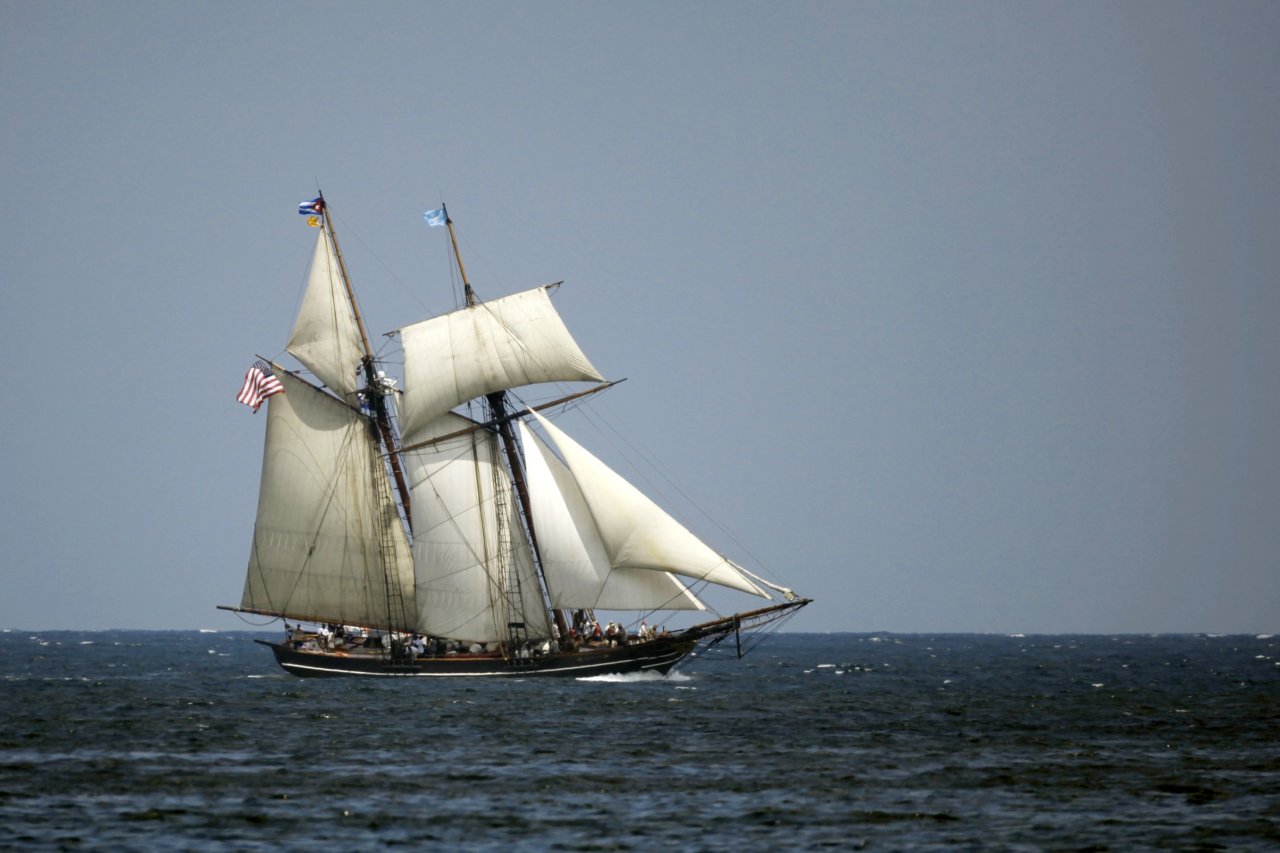The last slave ship that brought slaves to the U.S. may have been discovered by a local reporter, buried in the muddy shoreline north of Mobile, Alabama. The Clotilda, as the ship is known, was the last U.S. slave ship that brought humans from West Africa in 1859. It was thought to be long lost—until now.
Ben Raines, reporter for AL.com, searched the shorelines where Russell Ladd told him the location that his father once said was where the Clotilda was located. Ladd told Raines that when he was a kid, he and his father "used to go up the Mobile River to fish various places." "On low tide, we'd see this burned-out ship and my father and his friends would say, 'There's the Clotilda,'" Ladd said.
That thread of oral history led to a visual review by maritime archaeologists from the University of West Florida, who say the preliminary evidence is promising. The ship would have been around 100 feet long on the deck, according to John Bratten, the chair of the anthropology department at the university. When Bratten, Cook, a group of their students and Raines looked at the ship's remains peeking from the mud, it was a cold, but beautiful day in Alabama. There were eagles and ospreys flying—a pretty area to work in, according to Bratten. But, Bratten told Newsweek that he "felt different on this ship than I have on other ones over the years."
"You start thinking, 'How many people were placed aboard this?'" he told Newsweek.
In its time, the Clotilda transported 110 slaves from what is modern-day Benin in West Africa. The ship's captain, William Foster, and a plantation owner, Timothy Meaher, then burned the ship to cover the evidence of human trafficking, evidence which would have included "the partitions, the platforms, the empty casks of food and water, the big pots, the tubs, the blood, the vomit, the spit, the mucus, the urine, and the feces that soiled the planks, the awful smell that always floated around slave ships," as reported by AL.com, citing the historian Sylviane A. Diouf, who wrote the 2007 book Dreams of Africa in Alabama.
And just as the ship's captain, Foster, detailed in his journal, the remains found on the muddy banks of Alabama also had evidence of being burned. Raines' report noted the location also lines up with Foster's account. Other examples of evidence that this ship is the Clotilda were the ship's rigging and iron fasteners, which revealed that it likely once transported lumber to the Caribbean before being involved in the Atlantic slave trade, similar to the known history of the Clotilda. The wreck appears to date back to the mid-1800s, which would align with when the Clotilda was built, according to the team from the University of West Florida. A full excavation to confirm whether this specific ship is the Clotilda would require permits and extensive funding to dig the ship out of the mud.
But, "a lot of things are lining up," Greg Cook, maritime archaeologist from the University of West Florida who conducted a visual review of the ship, told Newsweek. "We didn't see anything that screams that this could not be the Clotilda, but we're not ready to claim that it is, either, without more research."
Shipwrecks along the coastlines and in the bays of the U.S. are not as uncommon as you'd expect. There are sunken ships from the mid-1500s in Pensacola Bay and abandoned ships from hundreds of years past found relatively frequently.
"That's why we're being cautious," Cook told Newsweek. "These things are not uncommon, and so we have to kind of do a little detective work."















